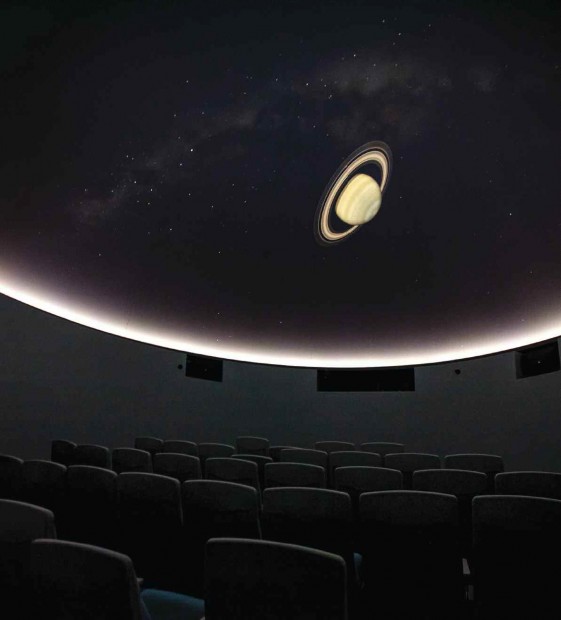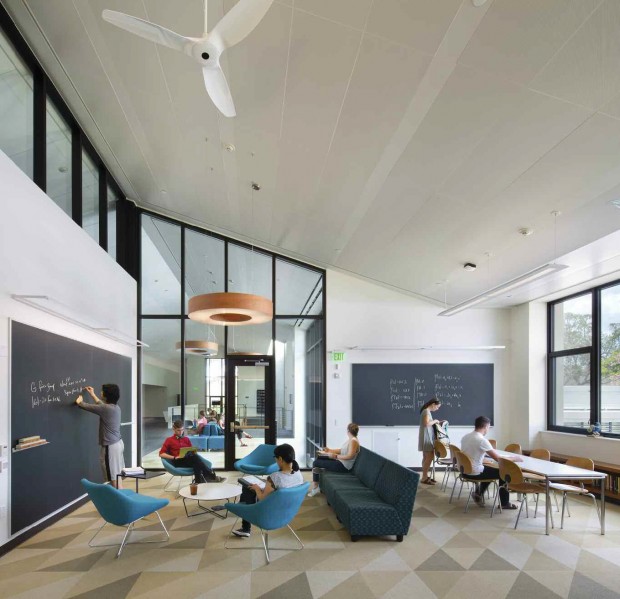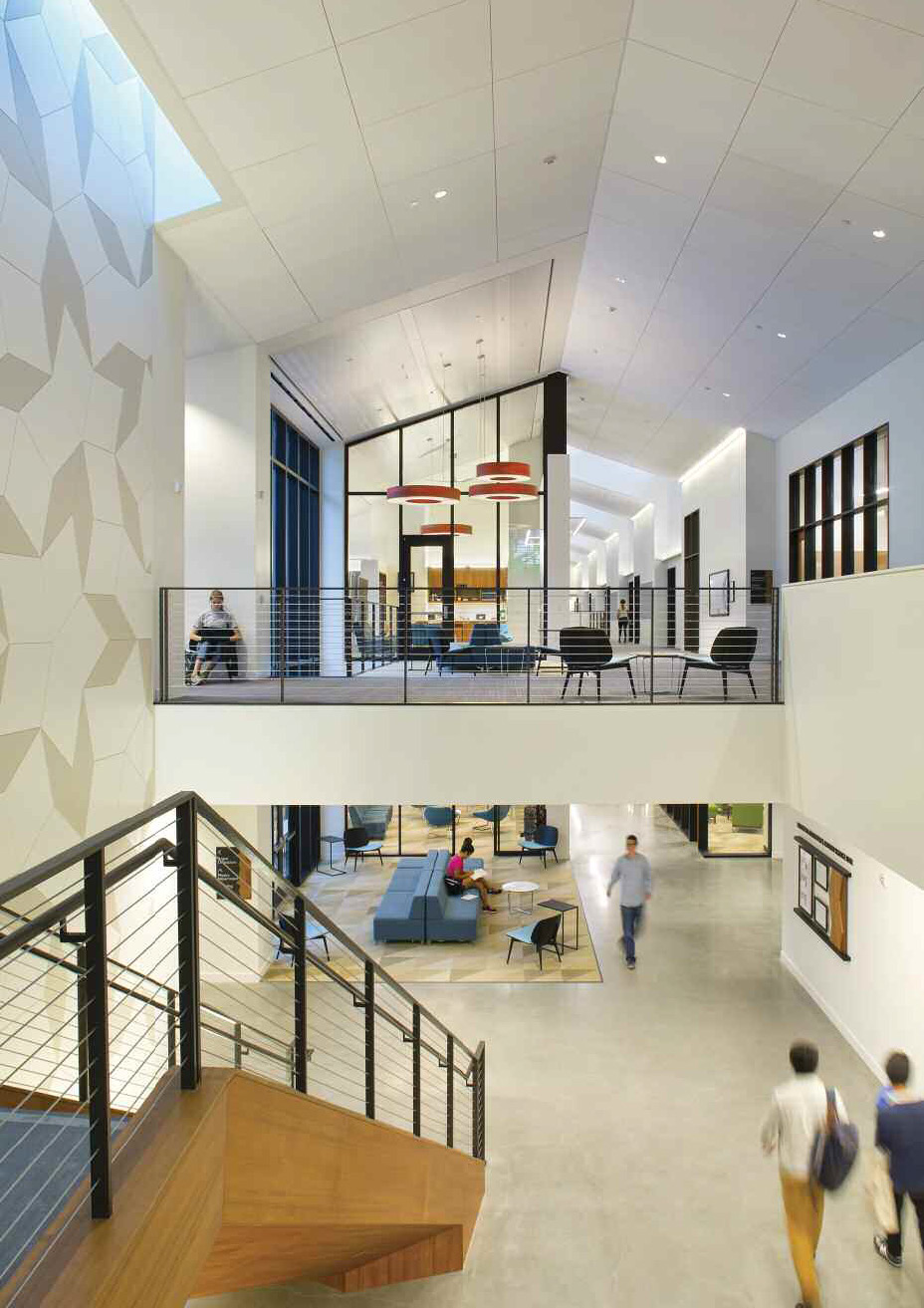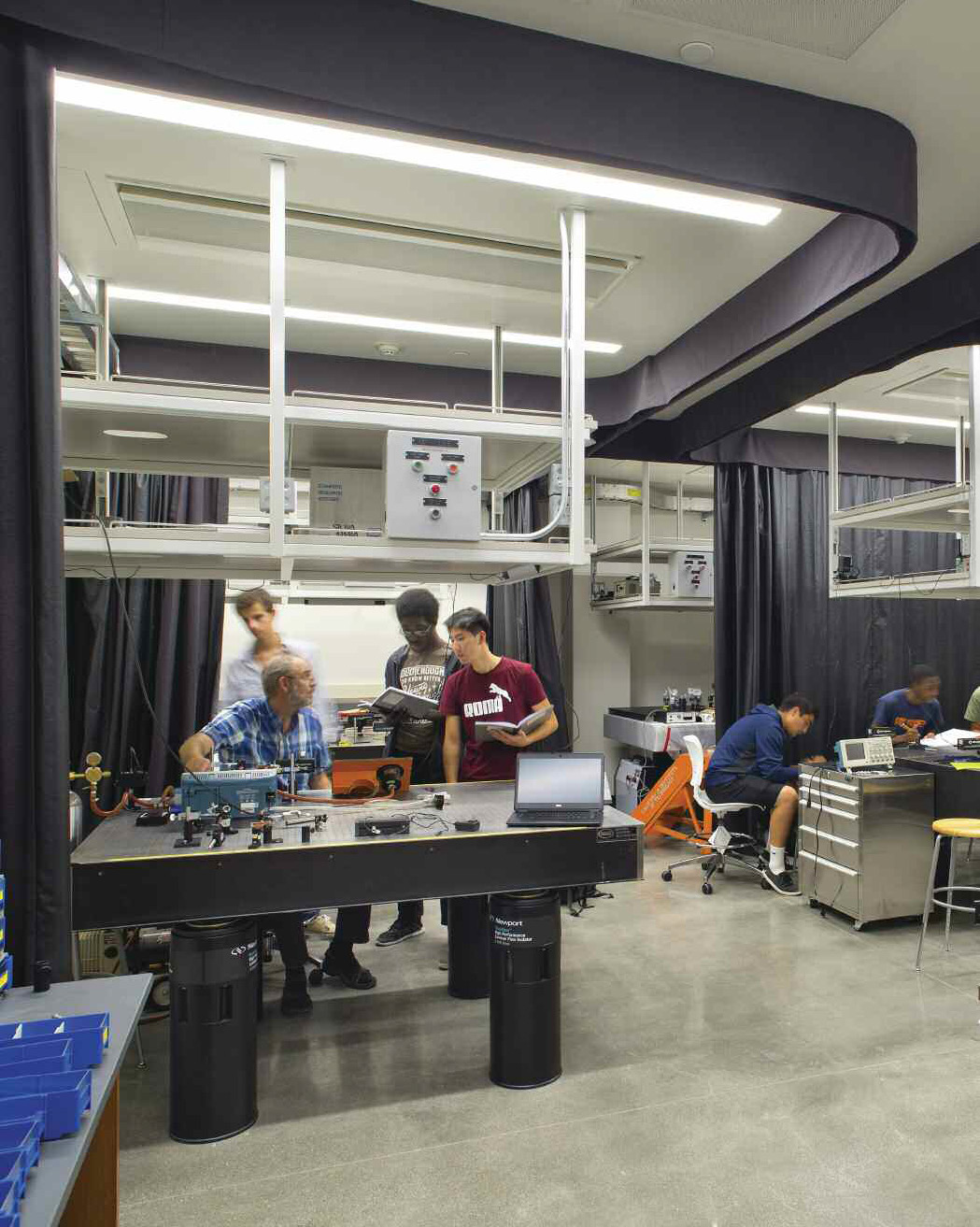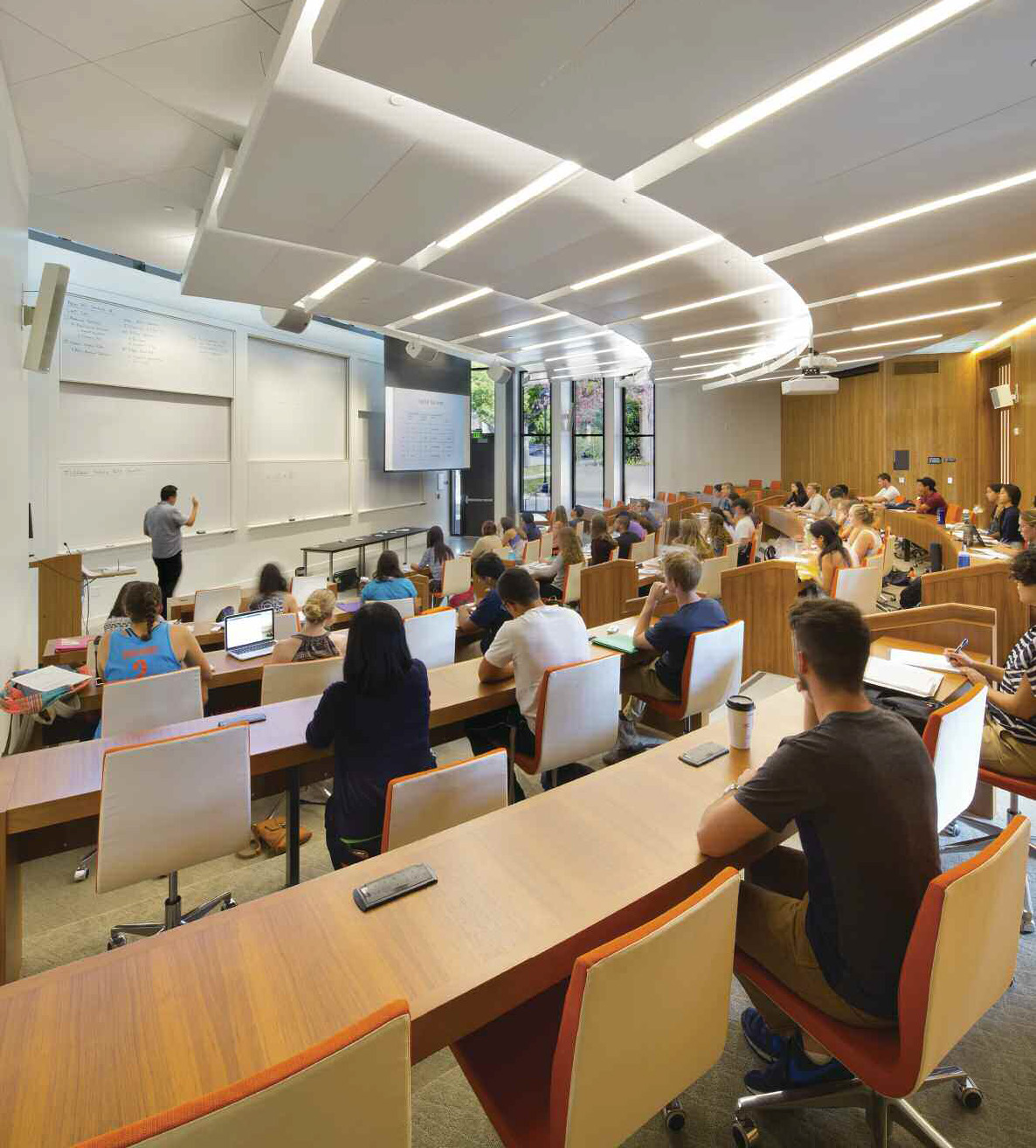
 Suzanne Thompson, professor emerita of psychology at Pomona, conducts research on how people react to personal threats, particularly those with delayed consequences. She and her undergraduate research group are investigating a variety of ways in which different perceptions of threat influence the processing of threatening information and guide health and safety behaviors.
Suzanne Thompson, professor emerita of psychology at Pomona, conducts research on how people react to personal threats, particularly those with delayed consequences. She and her undergraduate research group are investigating a variety of ways in which different perceptions of threat influence the processing of threatening information and guide health and safety behaviors.
PCM: As a psychologist, how do you see the role of “what if” thinking in human affairs?
Suzanne Thompson: The theme that you’ve chosen is especially interesting because “what if” or “if only” thinking is such a basic part of human cognition. And there seem to be good evolutionary reasons for that. It has helped us develop the ability to control things, to anticipate—if I do this, what’s going to happen?—and then to carry that several steps down the line.
Or looking back, it allows us to analyze what has gone before and play out these little scenarios of what else could have happened, which is full of information about causes and effects.
PCM: What kind of research has been done in this area?
ST: When thoughts like these refer to the past, they’re usually called counterfactuals, and when they refer to the future, we call those anticipatory factuals or prefactuals. I would say most of the work has been done on counterfactuals, or what’s sometimes called “cognitive undoing.” There are two basic types—upward and downward counterfactuals. An upward counterfactual is when we undo what did happen and imagine a better outcome. For example, if I’m a student who got a C on a test, and I imagine, “If only I had skipped that party and studied hard, this could have been a B or an A.” Alternatively, we can imagine a worse outcome—a downward counterfactual, such as, “I’m glad I at least covered that material or it could have been a lot worse. This could have been a D or an F.”
The two kinds of counterfactuals have very different effects and different advantages and disadvantages. Imagining something better tends to lead to unpleasant emotions—regret or maybe self-blame. And if it involves other people’s behavior, we might blame them. That’s the downside, those negative emotions and reactions.
But the upside is that there’s a lot of information there about what we can do to change things in the future, and people can use that. One study asked college students about the kinds of counterfactuals they were making for their grade on the first big exam. Then the researchers followed them for the rest of the semester, and found that the students who had made upward counterfactuals felt more regret and blame, but also tended to have a stronger sense of control and got better grades over the course of the semester. That gives support to that idea that upward counterfactuals are very useful.
In contrast, the downward counterfactuals—“it could have been worse”— led to more positive emotions, but were not as instructive. They didn’t have useful information about how to change your behavior to get a better outcome.
PCM: So no pain, no gain?
ST: That’s right. Research has also looked at what we “undo” in a counterfactual. We tend to look mainly at our own behavior, maybe because we have more control over that or it’s more useful. We also tend to undo things that happened fairly close to the event. And if something unusual happens—if you had a break in your routine or took a different route to work and then got into an accident—that’s what’s going to pop out as something to undo.
PCM: What about people who get obsessed with their “what if” thoughts?
ST: Yes, it can get pushed too far. There are people who get immersed in “what if” and “if only.” For people who have gone through some traumatic event, like losing a loved one in an automobile accident or to disease, it’s very common initially to do this kind of counterfactual thinking. It seems useful early on, but if people are still doing it years later, it’s a sign of not coping very well. It is better to get your information, and then get out and not get stuck in the “undoing” side of things.
PCM: Are there certain kinds of situations that tend to provoke counterfactual thoughts?
ST: Research has shown that near misses are particularly powerful. There’s a classic example that I use with my classes. Mr. Crane and Mr. Tees are going to the airport and they both get there a half hour late and miss their plane. When Mr. Crane gets to the airport, he finds that the plane left on schedule, a half hour before. When Mr. Tees arrives, he finds that his plane was delayed, and he just missed it. Almost everyone recognizes that Mr. Tees would feel worse, even though the situations are identical in terms of what happened to them. But emotionally, psychologically, we pick up on the fact that it could have so easily have been different, and that has a big impact on us.
Another good example comes from an article that was in the L.A. Times maybe 10 years ago about a guy playing the lottery who always played the same number again and again, and then one day he doesn’t and his number wins. And we all understand what that would feel like—that near miss. In fact, the Oregon lottery uses that as a slogan in some of their ads: “What if your number won without you?”
PCM: Have you thought about how counterfactual thinking connects with your own research about possible threats somewhere in the future?
ST: In a 2002 study, I examined people’s reactions to 9/11 a year after the event. And I found such amazing variety—from people who weren’t fazed at all to people who were highly sensitized to danger because of the event and were never going to fly again. That got me interested in individual differences—how we don’t all think about threats and the future the same way.
We all know people who are very sensitized to threat and also people who just brush it off, easy deniers. It is possible that those who have a great sensitivity to future threats are using anticipatory counterfactuals, and anticipating bad outcomes that could happen. For others who are not so sensitized to threat, the possible negative outcomes just don’t occur to them. A little bit of anticipating threats is a good thing, but a whole lot of thinking about every possible future threat—“if I do X, this bad outcome could happen”—can be paralyzing.
People who get more anxious about threats are more likely to protect themselves, which is good, but they may not be as discriminating about what really is necessary. You can see this play out in society sometimes. Around the time when AIDS was first identified, we didn’t know a lot about it, but medical researchers did know that it wasn’t easily spread. You can be in the same room with someone, even touch them, but not be at risk. But many parents wouldn’t let their kids go to school with another child who was identified with AIDS or had a relative with HIV or AIDS. Sensitization to threat can lead to that type of over-reaction.
It is easy to see how this ability to play things out and anticipate outcomes allows you to identify more negative things that could happen, and that can heighten anxiety and lead to over-reactions. My research has not yet tied threat hypersensitivity to counterfactuals, in particular, but now that I have talked with you about this, it is something I want to do. Does the hypersensitivity to threat come from being very prone to counterfactuals and especially prone to ones in which you play out the scenario to a negative ending?
PCM: There’s one aspect of “what if” thinking that we haven’t discussed yet. That’s the fact we also do it for fun—like in this issue of the magazine. We read counterfactual stories. And we play games, like chess, that are all about pre-factual scenarios.
ST: Chess is a good example. You’re following a line of thought with all the branches and possibilities. What chess masters can do—thinking many moves ahead—is an amazing ability. Because counterfactual and prefactual thinking are such important abilities from an evolutionary viewpoint, it makes sense that we find them rewarding. The fun is our incentive for practicing these very useful ways of thinking.
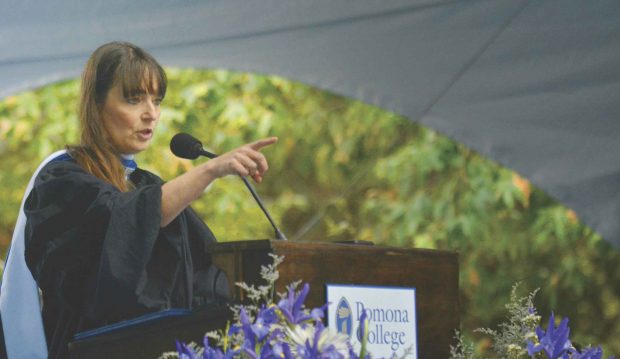

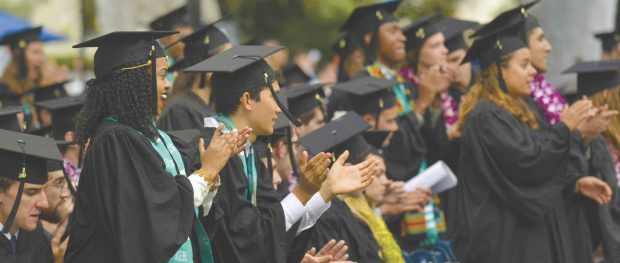

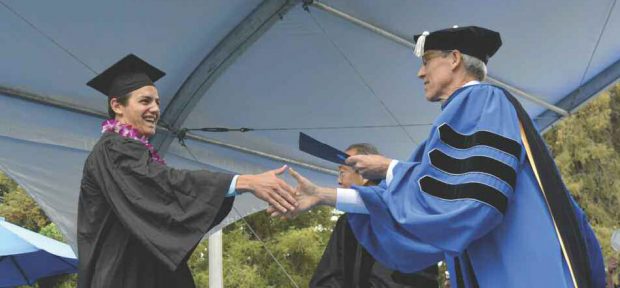

 Jennifer Doudna ’85 is a professor of molecular and cell biology and chemistry at the University of California, Berkeley, where she holds the Li Ka Shing Chancellor’s Chair in Biomedical and Health Sciences and is a Howard Hughes Medical Institute investigator. As a co-inventor of CRISPR-Cas9, a process that revolutionized gene editing, she has received numerous honors, including the 2014 Breakthrough Prize and both the Gairdner Award and election to the Royal Society in 2016. A chemistry major, she earned her Ph.D. from Harvard University.
Jennifer Doudna ’85 is a professor of molecular and cell biology and chemistry at the University of California, Berkeley, where she holds the Li Ka Shing Chancellor’s Chair in Biomedical and Health Sciences and is a Howard Hughes Medical Institute investigator. As a co-inventor of CRISPR-Cas9, a process that revolutionized gene editing, she has received numerous honors, including the 2014 Breakthrough Prize and both the Gairdner Award and election to the Royal Society in 2016. A chemistry major, she earned her Ph.D. from Harvard University. Kiki Ramos Gindler ’83 earned her juris doctor degree from Harvard Law School and specialized in corporate and entertainment law. Today she devotes time to writing, civic affairs and support for the arts. The first Latina president of the Board of Directors for Center Theatre Group in Los Angeles, she serves on the boards of the Los Angeles Opera and the Music Center and is a member of the Blue Ribbon and the National Council for the American Theatre. A philosophy major, she has chaired Pomona reunion committees and hosted several alumni events.
Kiki Ramos Gindler ’83 earned her juris doctor degree from Harvard Law School and specialized in corporate and entertainment law. Today she devotes time to writing, civic affairs and support for the arts. The first Latina president of the Board of Directors for Center Theatre Group in Los Angeles, she serves on the boards of the Los Angeles Opera and the Music Center and is a member of the Blue Ribbon and the National Council for the American Theatre. A philosophy major, she has chaired Pomona reunion committees and hosted several alumni events. Osman Kibar ’92 is founder/CEO of Samumed, LLC, a firm developing drugs for degenerative diseases, regenerative medicine and oncology. Featured on the cover of Forbes Magazine’s “Global Game Changers” issue, Kibar is an entrepreneur and inventor, has founded or co-founded numerous successful companies, and has authored or coauthored many publications and patents. An economics major, he pursued a 3-2 program that also earned him a B.S. in electrical engineering from Caltech. His M.S and Ph.D. in optoelectronics and biophotonics are from UC San Diego.
Osman Kibar ’92 is founder/CEO of Samumed, LLC, a firm developing drugs for degenerative diseases, regenerative medicine and oncology. Featured on the cover of Forbes Magazine’s “Global Game Changers” issue, Kibar is an entrepreneur and inventor, has founded or co-founded numerous successful companies, and has authored or coauthored many publications and patents. An economics major, he pursued a 3-2 program that also earned him a B.S. in electrical engineering from Caltech. His M.S and Ph.D. in optoelectronics and biophotonics are from UC San Diego. Jeff Parks ’02 is a founding partner of Riverwood Capital Management, a globally focused private equity firm that invests in high-growth businesses in the technology and services industries, across a variety of geographic regions and company organizations. He serves on the board of directors of several prominent technology companies, including Nutanix, Spredfast and LogRhythm. A double major in mathematics and economics at Pomona, he completed his studies in three years, so he identifies with both the Class of 2002 and the Class of 2003.
Jeff Parks ’02 is a founding partner of Riverwood Capital Management, a globally focused private equity firm that invests in high-growth businesses in the technology and services industries, across a variety of geographic regions and company organizations. He serves on the board of directors of several prominent technology companies, including Nutanix, Spredfast and LogRhythm. A double major in mathematics and economics at Pomona, he completed his studies in three years, so he identifies with both the Class of 2002 and the Class of 2003. Since joining Google in 2007, Christina Wire ’87 has led a variety of groups across sales, marketing, operations, and corporate philanthropy. Today, she is the director of sales and business operations for Google Fiber. She has also held leadership roles at Intel, Stanford University, and the U.S. Department of State, where she began her career. She holds master’s degrees from Columbia University and Northwestern’s Kellogg Graduate School of Management. As National Chair of the Annual Fund, she was an ex-officio member of the Board from 2014 to 2016.
Since joining Google in 2007, Christina Wire ’87 has led a variety of groups across sales, marketing, operations, and corporate philanthropy. Today, she is the director of sales and business operations for Google Fiber. She has also held leadership roles at Intel, Stanford University, and the U.S. Department of State, where she began her career. She holds master’s degrees from Columbia University and Northwestern’s Kellogg Graduate School of Management. As National Chair of the Annual Fund, she was an ex-officio member of the Board from 2014 to 2016.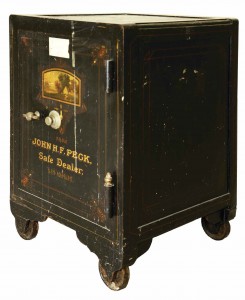
 On August 14, 2015, Burt Johnson’s 1916 sculpture “Spanish Music,” was reinstalled on the fountain in Lebus Court. The sculpture, which was a gift to the College from the Class of 1915, had remained in place in the courtyard until earlier this year, when a section of the fountain collapsed. Based on photographs of the original fountain, the fountain was rebuilt, and the College took the opportunity to have the statue restored and its broken flute repaired.
On August 14, 2015, Burt Johnson’s 1916 sculpture “Spanish Music,” was reinstalled on the fountain in Lebus Court. The sculpture, which was a gift to the College from the Class of 1915, had remained in place in the courtyard until earlier this year, when a section of the fountain collapsed. Based on photographs of the original fountain, the fountain was rebuilt, and the College took the opportunity to have the statue restored and its broken flute repaired.
 Suzanne Thompson, professor emerita of psychology at Pomona, conducts research on how people react to personal threats, particularly those with delayed consequences. She and her undergraduate research group are investigating a variety of ways in which different perceptions of threat influence the processing of threatening information and guide health and safety behaviors.
Suzanne Thompson, professor emerita of psychology at Pomona, conducts research on how people react to personal threats, particularly those with delayed consequences. She and her undergraduate research group are investigating a variety of ways in which different perceptions of threat influence the processing of threatening information and guide health and safety behaviors.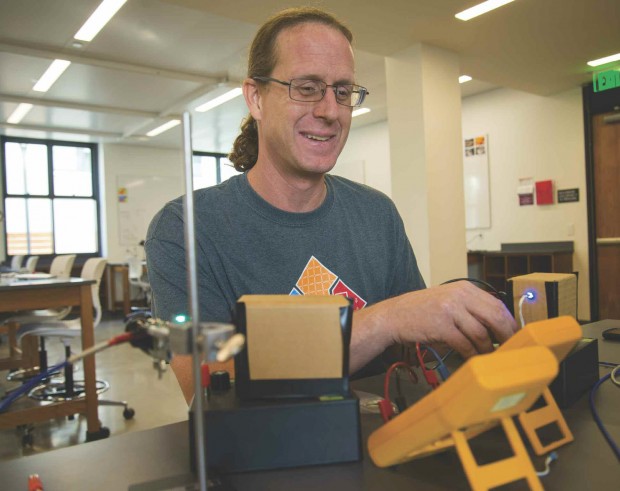 If you are ever offered a tour of the new Millikan Laboratory and Andrew Science Hall with David Haley as your guide, take it. A 21-year veteran of physics departments, he has an enthusiasm for his subject that is nonstop and infectious. Completely at ease in the corridors of Millikan’s new underground laboratory, he misses no opportunity to point out the fascinating creations of Pomona students and faculty.
If you are ever offered a tour of the new Millikan Laboratory and Andrew Science Hall with David Haley as your guide, take it. A 21-year veteran of physics departments, he has an enthusiasm for his subject that is nonstop and infectious. Completely at ease in the corridors of Millikan’s new underground laboratory, he misses no opportunity to point out the fascinating creations of Pomona students and faculty.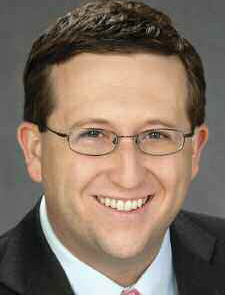 Board Chair Samuel D. Glick ’04
Board Chair Samuel D. Glick ’04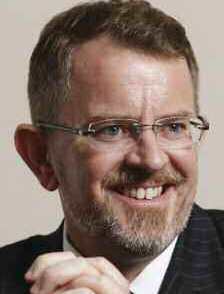
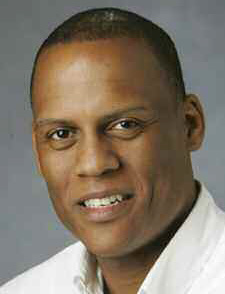

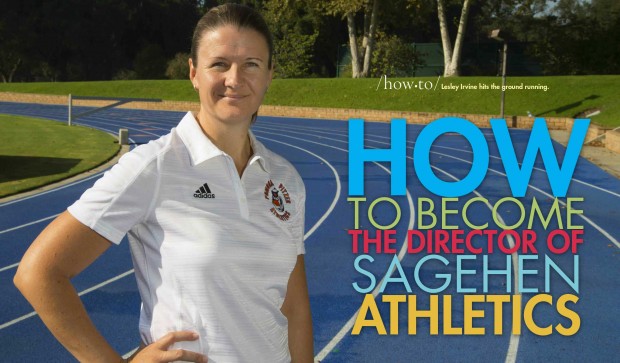 There’s nothing particularly surprising in the fact that Pomona-Pitzer’s new athletic director has hit the ground running. Lesley Irvine has been moving fast ever since she was a child—first as a multi-sport athlete, then as a high-profile coach and finally as an athletic administrator. At Pomona, she has assumed a newly created full-time position as chair of Pomona’s Physical Education Department and director of the joint athletic program of Pomona and Pitzer colleges.
There’s nothing particularly surprising in the fact that Pomona-Pitzer’s new athletic director has hit the ground running. Lesley Irvine has been moving fast ever since she was a child—first as a multi-sport athlete, then as a high-profile coach and finally as an athletic administrator. At Pomona, she has assumed a newly created full-time position as chair of Pomona’s Physical Education Department and director of the joint athletic program of Pomona and Pitzer colleges. Grow up in Corby, a steel town in central England where most people are of Scottish descent and speak with a Scottish brogue. Develop into an active child, always sporting a scraped knee. Get involved in athletics with the encouragement of your dad, an avid soccer player, coach and fan.
Grow up in Corby, a steel town in central England where most people are of Scottish descent and speak with a Scottish brogue. Develop into an active child, always sporting a scraped knee. Get involved in athletics with the encouragement of your dad, an avid soccer player, coach and fan. Join a track and field club at the age of 9 and, since you excel in a range of athletic events, specialize in the heptathlon. In high school, find yourself playing almost every sport, from basketball to volleyball to soccer. Discover the game of field hockey and fall in love with it.
Join a track and field club at the age of 9 and, since you excel in a range of athletic events, specialize in the heptathlon. In high school, find yourself playing almost every sport, from basketball to volleyball to soccer. Discover the game of field hockey and fall in love with it. Accept an invitation to play on the English junior national field hockey team at the age of 16, while also competing internationally in the heptathlon. Play for England in a victory over Scotland in the Six Nations field hockey tournament and have to explain to your teammates why your dad, a proud Scot, is rooting against you.
Accept an invitation to play on the English junior national field hockey team at the age of 16, while also competing internationally in the heptathlon. Play for England in a victory over Scotland in the Six Nations field hockey tournament and have to explain to your teammates why your dad, a proud Scot, is rooting against you. Become the first member of your family to go to college, playing field hockey at prestigious Loughborough University. While there, win five national championships. During your second year, teach tennis at a summer camp in Maine (though you’ve never touched a tennis racquet before) and find yourself at home in American sports culture.
Become the first member of your family to go to college, playing field hockey at prestigious Loughborough University. While there, win five national championships. During your second year, teach tennis at a summer camp in Maine (though you’ve never touched a tennis racquet before) and find yourself at home in American sports culture. After graduating, come back to the U.S. for graduate school, attending the University of Iowa and playing competitive field hockey for one more year, scoring the only goal in a 1–0 victory over Stanford University in your first trip out West and leading your team to a Final Four appearance. Earn your master’s degree in health, leisure and sports studies.
After graduating, come back to the U.S. for graduate school, attending the University of Iowa and playing competitive field hockey for one more year, scoring the only goal in a 1–0 victory over Stanford University in your first trip out West and leading your team to a Final Four appearance. Earn your master’s degree in health, leisure and sports studies. Return to Stanford as assistant women’s field hockey coach. Discover that you love working with committed student athletes who love sports as much as you do. After two years, succeed the retiring head coach and spend eight years at the helm of Stanford’s elite program, guiding them to three straight NorPac championships.
Return to Stanford as assistant women’s field hockey coach. Discover that you love working with committed student athletes who love sports as much as you do. After two years, succeed the retiring head coach and spend eight years at the helm of Stanford’s elite program, guiding them to three straight NorPac championships. Leave Stanford to enter sports administration, spending five years at Bowling Green State University and rising to the rank of senior associate athletic director. Decide the job at Pomona-Pitzer is a perfect match for your abilities and your desire to help build something special for talented and motivated student-athletes while promoting wellness for a whole community
Leave Stanford to enter sports administration, spending five years at Bowling Green State University and rising to the rank of senior associate athletic director. Decide the job at Pomona-Pitzer is a perfect match for your abilities and your desire to help build something special for talented and motivated student-athletes while promoting wellness for a whole community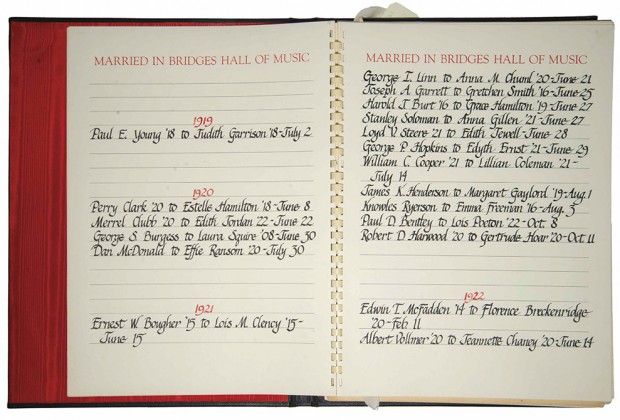 As Bridges Hall of Music celebrates its centennial, many Pomona alumni look back fondly at the place where they said “I do.” The Little Bridges Wedding Register is a historical record of marriages that took place in the building, starting with Howry Warner 1912 and Mary Roof 1912, married June 1, 1916. Compiled in the early 1970s, the register was maintained and updated through 1992 and includes the names of 453 couples.
As Bridges Hall of Music celebrates its centennial, many Pomona alumni look back fondly at the place where they said “I do.” The Little Bridges Wedding Register is a historical record of marriages that took place in the building, starting with Howry Warner 1912 and Mary Roof 1912, married June 1, 1916. Compiled in the early 1970s, the register was maintained and updated through 1992 and includes the names of 453 couples.
